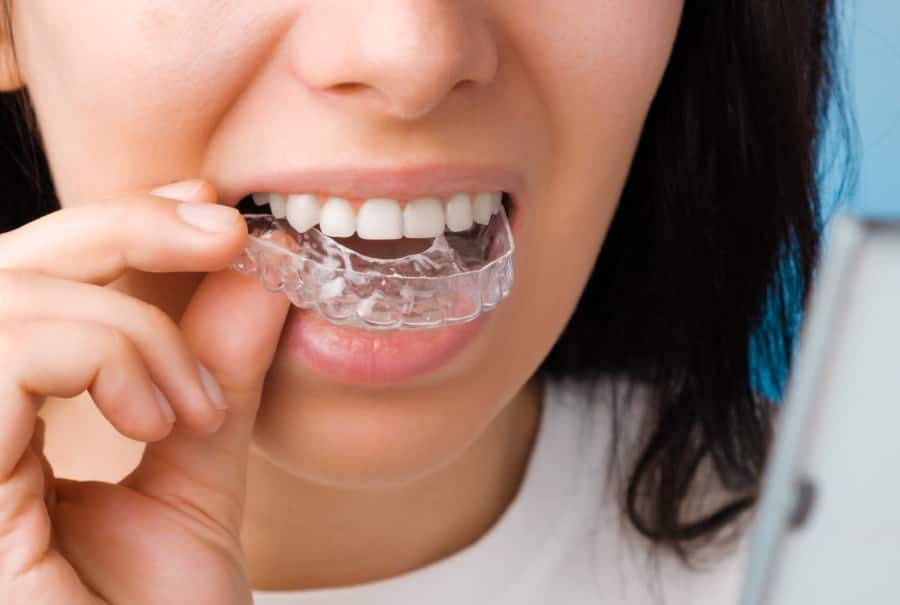10 Easy Facts About All Star Family Orthodontics Shown
10 Easy Facts About All Star Family Orthodontics Shown
Blog Article
The Definitive Guide to All Star Family Orthodontics
Table of ContentsThe Main Principles Of All Star Family Orthodontics The 2-Minute Rule for All Star Family OrthodonticsFascination About All Star Family OrthodonticsThe Only Guide to All Star Family OrthodonticsThe 4-Minute Rule for All Star Family Orthodontics

At Advanced Orthodontics, we give clients with a all natural treatment experience. Additionally, we provide adjustable therapy schedules, versatile settlement options and a fun, enjoyable experience - old bridge orthodontist. Phone call ( 480) 357-4900 today for even more information and timetable an appointment.
An orthodontist is a dental practitioner educated to diagnose, protect against, and treat teeth and jaw irregularities. Orthodontists function with people of all ages, from youngsters to adults.
Malocclusion, or misaligned teeth, can result in dental problems, including tooth decay, periodontal illness, and tough or painful chewing. Not every person is birthed with straight teeth. If you have a poor bite or large areas between your teeth, you might wish to speak with a dental expert focusing on orthodontic care.
The Basic Principles Of All Star Family Orthodontics
(Photo Credit Rating: DigitalVision/Getty Images) Orthodontists utilize repaired and removable oral devices, like dental braces, retainers, and bands, to change the setting of teeth in your mouth. Orthodontic therapy is for dental abnormalities, consisting of: Jagged teethBite problems, like an overbite or an underbiteCrowded teeth or teeth that are also far apartJaw misalignmentThe objective of orthodontic therapy is to improve your bite.
While you might believe of orthodontists as generally for kids or teenagers who need braces, they can deal with dental troubles at any kind of age. Orthodontists go to university, oral college, and orthodontic institution.
, but not all dental experts are orthodontists. They focus on two locations: Exactly how to appropriately and securely move teeth How to appropriately direct development in the teeth, jaw, and faceOnce an orthodontist has finished training, they have the alternative to become board licensed.
All Star Family Orthodontics Fundamentals Explained
Misalignment, or malocclusion, is one of the most common factor people see an orthodontist. It is hereditary and is the outcome of dimension distinctions between the top and reduced jaw or in between the jaw and teeth. Malocclusion brings about tooth congestion, an askew jaw, or irregular bite patterns. Malocclusion is generally treated with: Your orthodontist affixes steel, ceramic, or plastic square bonds to your teeth.
If you have just small malocclusion, you might be able to make use of clear dental braces, called aligners, rather of traditional dental braces. Some people require a headgear to help move teeth right into line with pressure from outside the mouth. After dental braces or aligners, you'll need to use a retainer. A retainer is a personalized tool that maintains your teeth in area.

You might need to see an orthodontist if you have: Crowding or otherwise sufficient area for all of your teethOverbite, when your top teeth come your bottom teethUnderbite, when your base teeth are also much forwardSpacing or problems with gapsCrossbite, which is when your top teeth fit behind your bottom teeth when your mouth is closedOpen bite or an upright void in between your front base and upper teethMisplaced midline, when the center of your base and top teeth do not line up Fixing a dental malocclusion can: Make biting, chewing, and talking easierImprove the balance of our face and your overall appearanceEase discomfort from temporomandibular joint conditionsSeparate your teeth and make them much easier to cleanse, assisting avoid dental cavity or tooth cavities It's commonly a dentist that first notices misaligned teeth throughout a regular examination.
Our All Star Family Orthodontics Ideas
Throughout your first orthodontic assessment, you'll likely have: A dental examPhotos taken of your face and smileDental X-raysPanoramic (360 level) X-rays of your face and headImpressions to create mold and mildews of your teethThese examinations will help your orthodontist recognize just how to proceed with your therapy. An orthodontist is a dentist that's click this link had training to treat your teeth and jaw.
Orthodontists may do surgical procedure, exams,X-rays, - orthodonticsand even more to help you obtain a more comfortable, much healthier smile. An orthodontist is concentrated on your bite, so something like a damaged tooth would be handled by a dental practitioner. Orthodontists are dental professionals but not all dental practitioners are orthodontists. Orthodontists are concentrated on your bite, or the means your teeth fit together, and the straightness of your teeth.

This first examination involves a visual assessment of your teeth and attack, X-rays, and possibly also 3D scans. By diligently evaluating these elements, the orthodontist can determine any misalignments, crowding, spacing issues, or jaw disparities. When a clear picture is developed, the orthodontist will go over individualized therapy alternatives. This discussion will certainly cover the kind of dental braces or aligners suggested (standard metal braces, clear aligners like Invisalign, etc), the approximated therapy period, and any kind of possible obstacles or adverse effects.
The Ultimate Guide To All Star Family Orthodontics
While braces are one of the most commonly identified orthodontic treatment, orthodontists have a diverse toolkit at their disposal. The details method picked depends upon the extent of the situation, the person's age, and private choices. These tried-and-true dental braces make use of a system of brackets adhered to the teeth and linked by wires.
Clear aligners, like Invisalign, are a popular alternative for people seeking an extra very discreet treatment alternative. These removable trays are custom-made to progressively move the teeth's placement. Headgear may be utilized in combination with dental braces or aligners to use additional targeted forces, especially for dealing with jaw inconsistencies. In cases of narrow jaws, palatal expanders can be made use of to create space for proper tooth placement.
Report this page